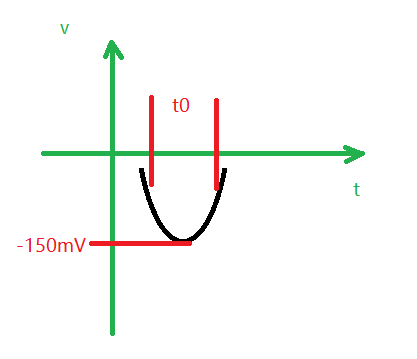Other Parts Discussed in Thread: TMUX1108, , SN74CBT3251
hello team
I should choose a 8:1 mux to select each sensor pulse output, the worst case sensor output is roughly like below; half height width t0=1.1ns; equivalent to 400Mhz cycle wave;
Question 1: Currently I use TMUX1108, BW is 90M, but when I test my worst case wave, I did not see much attenuation as calculated Vo=0.2*Vin; But when I using network analyzer test S21, there is -14dB around 400M, why they are different; Can you share the s-parameter of 1108?
Question 2: is SN74CB3Q3251 a better choice for my application? because its BW is 500M, and Ron and Con are smaller. But as I know from one thread about SN74CB3Q3251, its insertion loss is about -3dB @200M; would this be a bad point for me.
Qunstion 3: how about the charge injection parameter about SN74CB3Q3251?
Many thanks!


